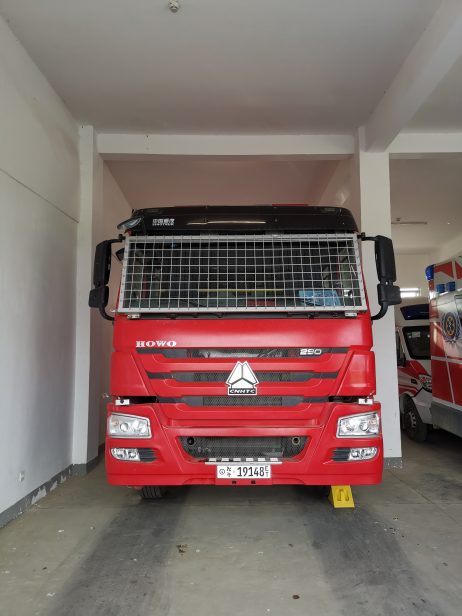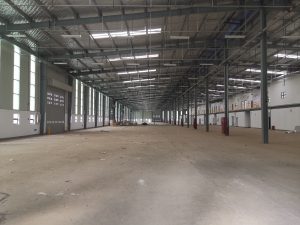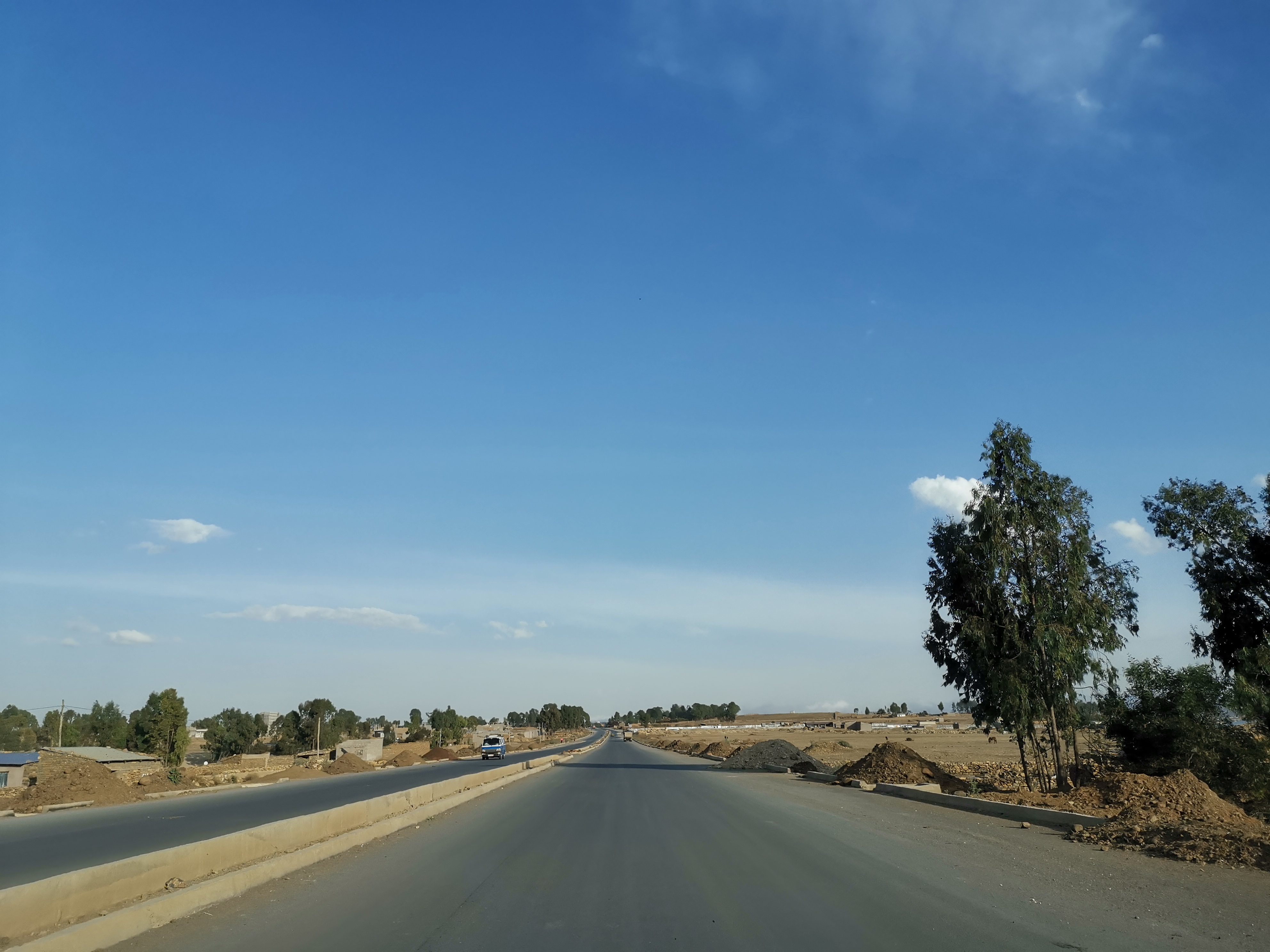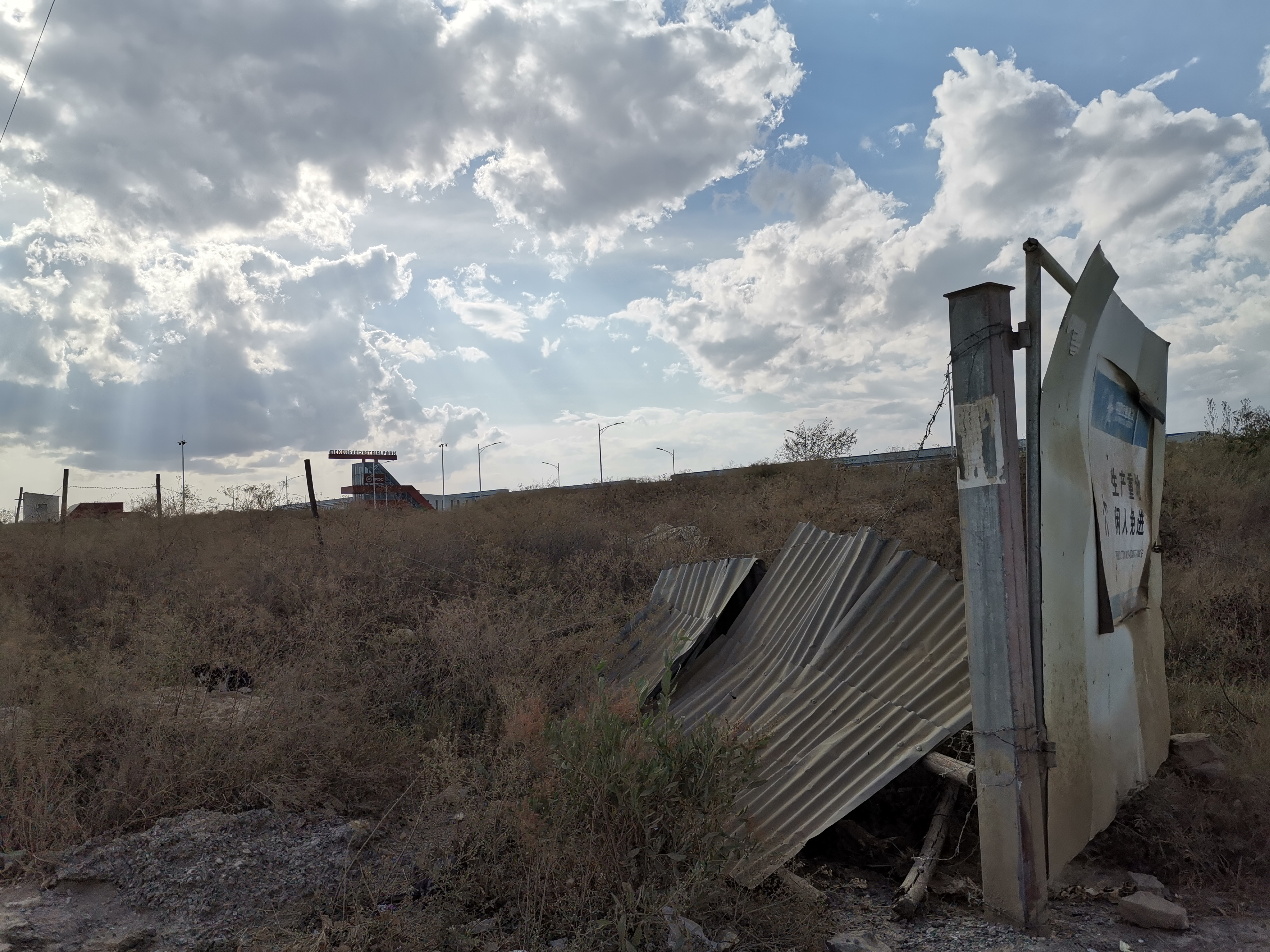In 2018 and 2019 we published three articles about transportation projects in Ethiopia, a key manifestation of China’s Africa policy in the country: the first modern light railway (tram) system of sub-Saharan Africa in the capital, Addis Ababa, and the Addis–Djibouti railway connecting the landlocked country to the maritime trade routes of the Gulf of Aden and the Red Sea. In January 2020, we followed this up by investigating another possible catalyst of economic growth: Mekelle Industrial Park in Ethiopia’s Tigray National Regional State.
As numerous scholars and experts have pointed out, industrial parks can act as catalysts of economic growth. In a 2019 paper, Ermias Wedajo Azmach underlines that most of the industrial parks “aim to improve competitiveness to facilitate the economic transformation of their host countries faster or more effectively than would be possible without them.” Ethiopia’s developmental state features the construction of large-scale projects — including railways, highways, as well as hydroelectric dams — along the lines of an ideology of development executed by a strong-handed central government, following certain successful East Asian patterns. According to a 2018 UNIDO case study report on industrial park development in Ethiopia, we can witness that “the industrial park economy has become a global trend.” It was therefore a pragmatic decision by Ethiopia in 2014 to establish the Ethiopian Industrial Parks Development Corporation (IPDC) to draw plans and strategies about how to utilize industrial zones for long-term national interests. The government has been making efforts to attract foreign investors from different corners of the world, and diversification of foreign affairs has become a key priority for the Abiy administration. Although the trade and investment relationship with China has stayed robust, the Gulf States, Russia, and Western countries have also appeared recently as major competitors for Ethiopian deals.
The city of Mekelle is located in the northern part of Ethiopia, in the Tigray National Regional State of the federal republic, with roughly 300,000 inhabitants. Already at the end of 2009 most of its 30,000 micro and small enterprises, as reported by Bryant Cannon, were in the informal sector. With an increasing flow of inbound investment since 2002, Mekelle has become a center of attention in terms of infrastructural and industrial development. As Tigray has long enjoyed an intensive collaboration with the People’s Republic of China (PRC), it is no surprise that one of the industrial parks having come into being in the last six years is closely knitted into Mekelle’s network of connectivity. Established in 2017, Mekelle Industrial Park is located only about 5 kilometers from the main city, covering an area of 100 hectares, and is closely connected with the major economic and trade routes across the region. The city is also a hub of intellectual and research capacities thanks mainly to the presence of Mekelle University, one of the most prestigious institutions of higher education in Ethiopia.
Ethiopia has consistently been one of the most important partners for China in Africa since the establishment of the PRC in 1949: according to the 2017 dataset of the CIA World Factbook, China was Ethiopia’s third biggest export partner (accounting for 8.1 percent of total exports, following Sudan and Switzerland with 23.3 percent and 10.2 percent) and most relevant import partner (dominating Ethiopian imports with 24.1 percent, followed by Saudi Arabia, responsible for 10.1 percent). Beijing was the largest investor in the country in 2019, according to UNCTAD’s Global Investment Trend Monitor, accounting for 60 percent of newly approved FDI projects, and Chinese construction companies are active all across the country with different infrastructure projects. And then there’s the diplomatic-political importance of Addis Ababa, which hosts the headquarters of the African Union.
The close cooperation can be witnessed through the economic development of Ethiopia as well, since the very idea of such industrial parks comes from China. Beijing included and promoted Special Economic Zones (SEZs) in its “Going Global” strategy in the 2000s, the outcome of China’s own successful SEZs set up at the end of the 1970s. As Deborah Brautigam and Xiaoyang Tang noted, the promotion of these SEZs “involved finding new markets for Chinese goods and services, building up Chinese brand names, and ratcheting up China’s own foreign investment.” As part of that global effort, China set up an SEZ in Ethiopia that is still under Chinese control.
The so-called Oriental or Eastern Industrial Zone (EIZ) is located in Dukem, a short drive from the capital, and was one of the 50 overseas SEZs (including seven in Africa) originally planned by China as part of their 11th Five-Year Plan (2006-2010). Construction in Ethiopia started in 2007. After opening the SEZ, the Ethiopian government had a chance to learn about such zones through a bilateral coordination scheme. Since Addis is attempting replicate the economic experience of the PRC, a national company came into existence with plans to build further zones all across the country.

In Mekelle IP, even the firetrucks are made in China. This is a Chinese Sinotruk fire-fighting truck. Photo by Istvan Tarrosy.
China came to play an important role in these national industrial parks because Beijing further promotes such zones as part of its Belt and Road Initiative (BRI). “We should explore a new mode of investment cooperation, working together to build all forms of industrial parks such as overseas economic and trade cooperation zones and cross-border economic cooperation zones, and promote industrial cluster development,” declares the “Vision and Actions on Jointly Building Silk Road Economic Belt and 21st-Century Maritime Silk Road” issued by the National Development and Reform Commission and Ministries in China. Within the BRI framework “China’s Ministry of Commerce (MOFCOM) regularly invites high-level Ethiopian government officials to Chinese SEZs to introduce China’s experiences,” providing valuable information and good practices, adds Keyi Tang. And for Ethiopia, a country that wishes to become a textile and apparel manufacturing hub on the continent, it was an obvious choice to accept help from and follow the guidelines of China in order to create successful industrial parks.
Mekelle Industrial Park, one of 12 already inaugurated parks (three more are under construction) is also an outcome of such Ethiopian-Chinese cooperation. The park was coordinated by the Ethiopian IPDC, constructed by the China Communications Construction Company (CCCC), and financed by international loans – the sources of which were not disclosed by the Ethiopian government or IPDC.
Mekelle Industrial Park (IP) was inaugurated on July 9, 2017. The cost of construction was reported to be $100 million. Then-Prime Minister Hailemariam Desalegn, while taking part in the inauguration, was cited by Borkena Ethiopian News as saying that “industrial park development will pave the way for the country’s development.” After Hawassa and Kombolcha industrial parks, Mekelle is planned to focus on textiles and apparel.
Based on an interview with Acting General Manager Flimon Terefe, it is clear that there is interest from external actors to start their operations in the park. At present, six companies — from India, Bangladesh, China, and the U.K — are fully operational, and three are installing their equipment to get ready for production. Three companies have already started exporting.
As of January 31, 2020, the companies collectively have created employment opportunity for 3,156 local people. This is in line with the ambitious plans to create more than 20,000 jobs for people in the Tigray region. Already in August 2017, the head of the Tigray Regional State Small and Medium-sized Manufacturing Industries Development Agency, Tilahun Tareke, reported that there had been “almost 27,000 people that had actually applied for the employment opportunities.” And as Tilahun explained, 95 percent of the employees would be women.
Mekelle IP itself seems to be an isolated zone in the outskirts of the city. As generally happens with other infrastructure investments in the country (see our article about the Addis Ababa-Djibouti railway), while the park itself is ready, the connecting infrastructure, in this case the asphalt road leading there from the city, is still not fully complete. Though sections of the road were already under construction, three years after the inauguration that work is rather late. The entrance is likewise underwhelming — an old rusted gate with two guards in an aluminum-patched shack — but after entering the park a whole new world awaits the visitor. The park seems empty and abandoned at the first sight, but after discovering all 15 sheds, we could see the above-mentioned companies, mostly the Asian ones, silently functioning in the well-equipped buildings.
The Chinese imprint is visible in every corner of the park: the infrastructure, traffic lamps, buildings, connected services, and even the firetrucks are made-in-China products. Although Mekelle IP offers an impressive full-fledged service in terms of medical facilities (clinic), a police station, and a central managerial building, according to a 2017 case analysis by Asayehgn Desta and Hadush Berne, the park for some time “will likely be challenged by water scarcity and lack of adequate business infrastructures, such as transportation, lack of automation, electricity, telephone lines, aged existing technology, video-conferencing, internet, and outdated technology.”

Mekelle IP is fully equipped: beside the sheds there is a police station, two fire stations, and a clinic as well. Photo by Istvan Tarrosy.
Such IPs are ready-made packages constructed by CCCC in nine months and Chinese companies can further introduce such parks across the country in accordance with the strategies of the Ethiopian government. How successful these parks are going to be depends on the infrastructure as well, but with the country providing a cheap labor force and such equipped and available industrial zones, the possibility to attract garment manufacturers from all over the world is potentially high. In order to reach Ethiopia’s middle income status by 2025, the country is planning to build further 15 industrial parks “increasing manufacturing output from about 5% to 20% of GDP.”
Dr. Istvan Tarrosy is Associate Professor of Political Science at the University of Pecs, Hungary. He is Director of the Africa Research Centre. MTA Bolyai Research Fellow, and his research is supported by the Hungarian Academy of Sciences.
Dr. Zoltán Vörös is Assistant Professor at the University of Pecs, Department of Political Science and International Studies.
Seife Hailu Gebreslassie is Assistant Professor at the Department of Political Science and Strategic Studies, College of Law and Governance, Mekelle University.




































